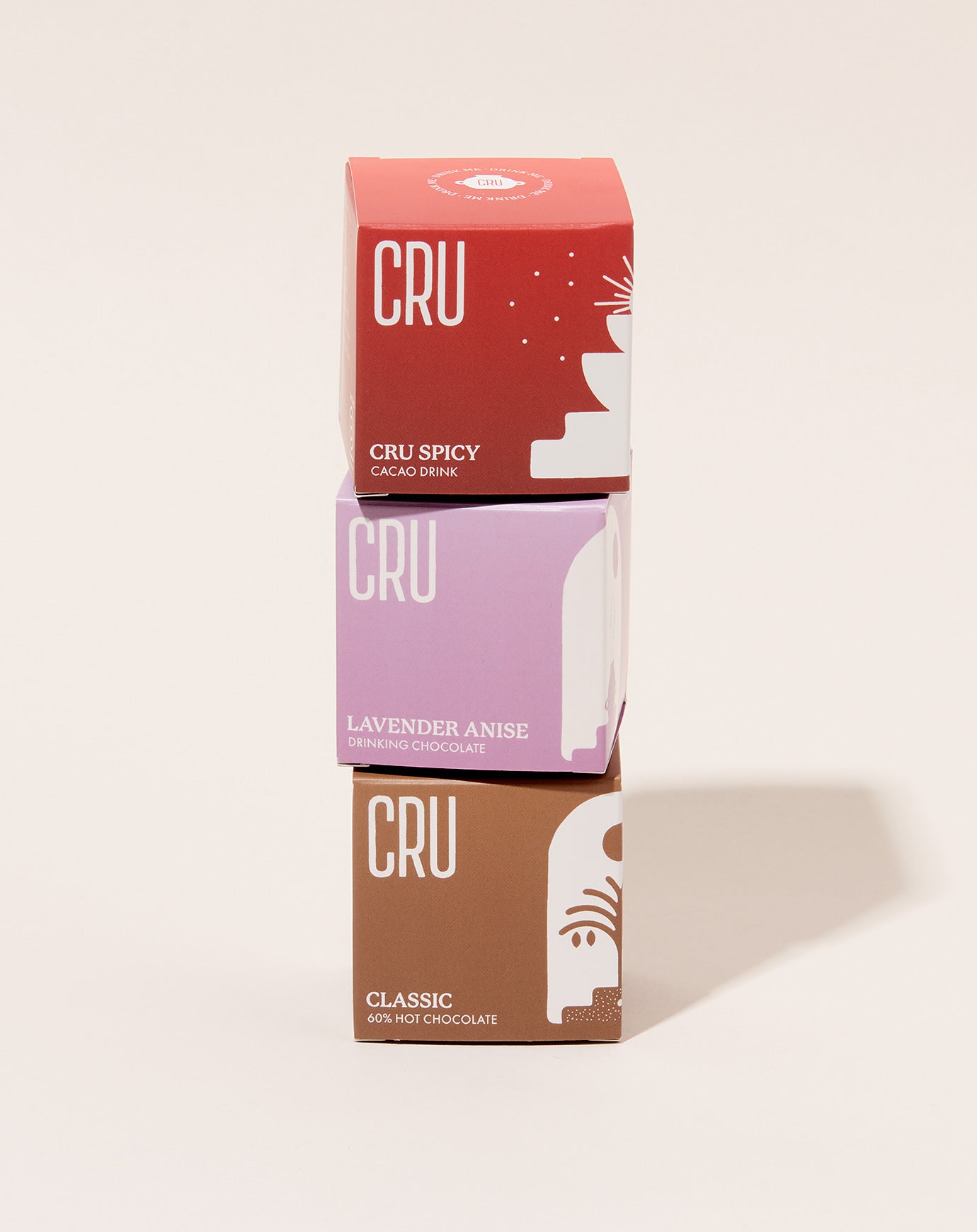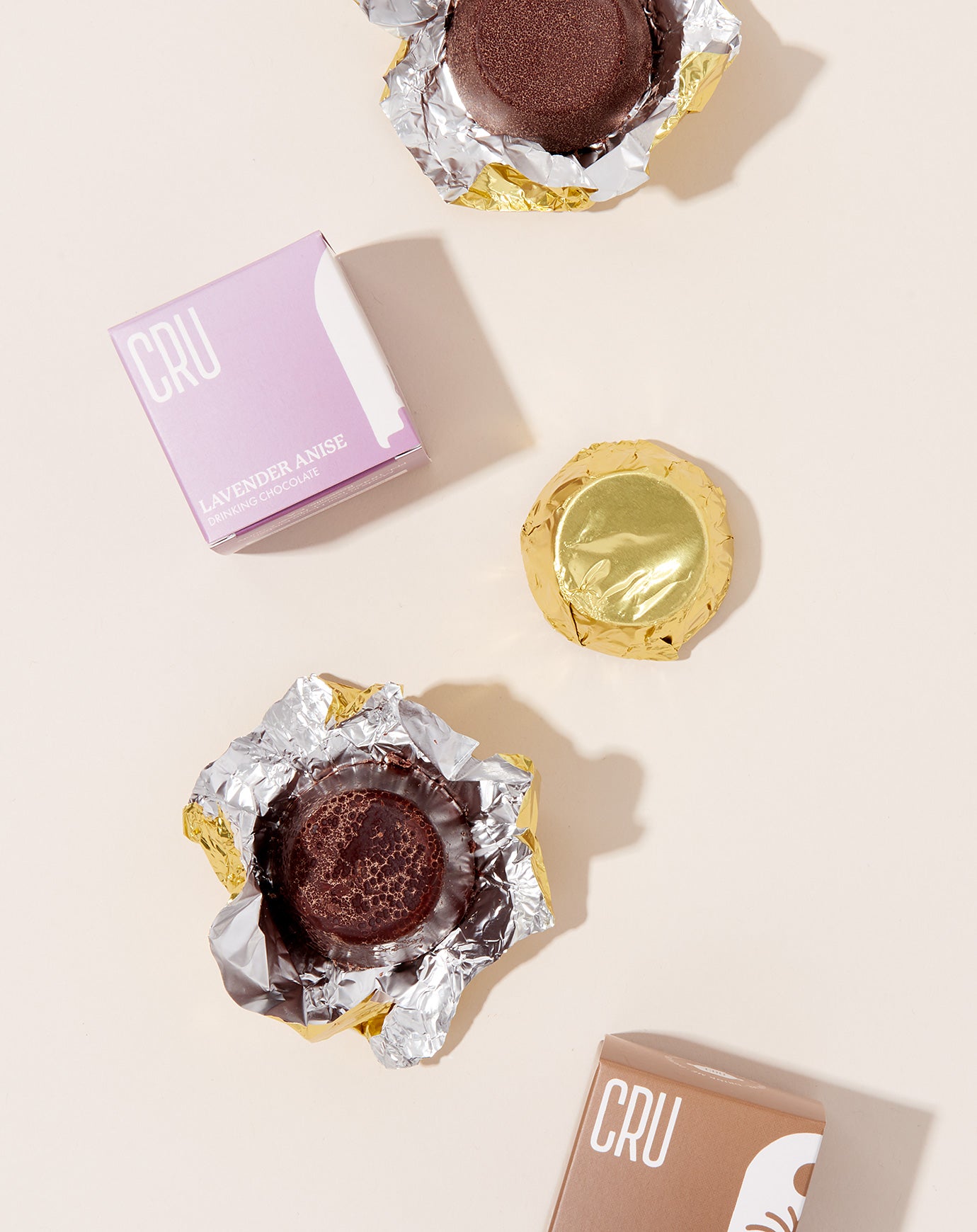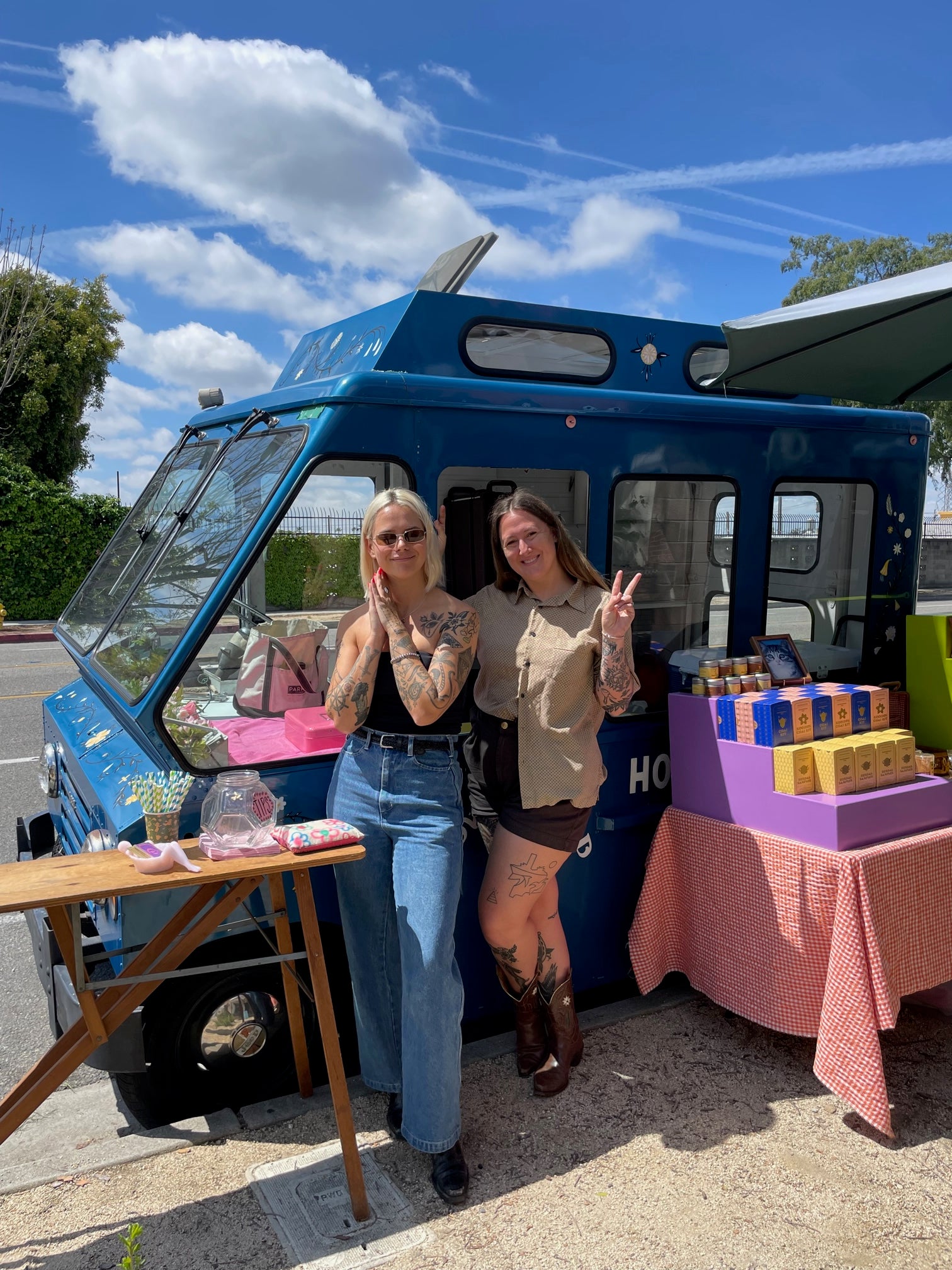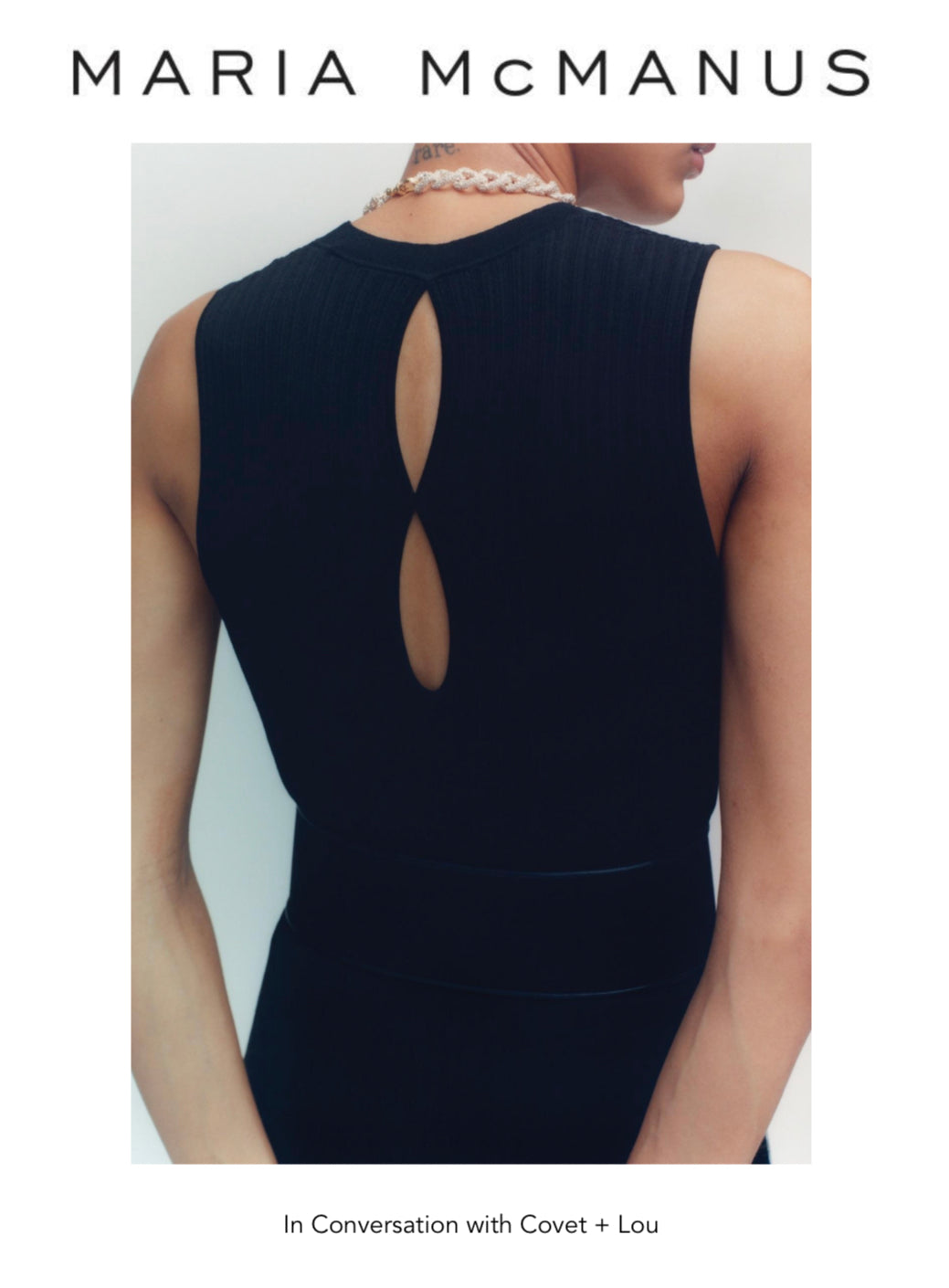Karla McNeil Rueda of Cru Chocolate
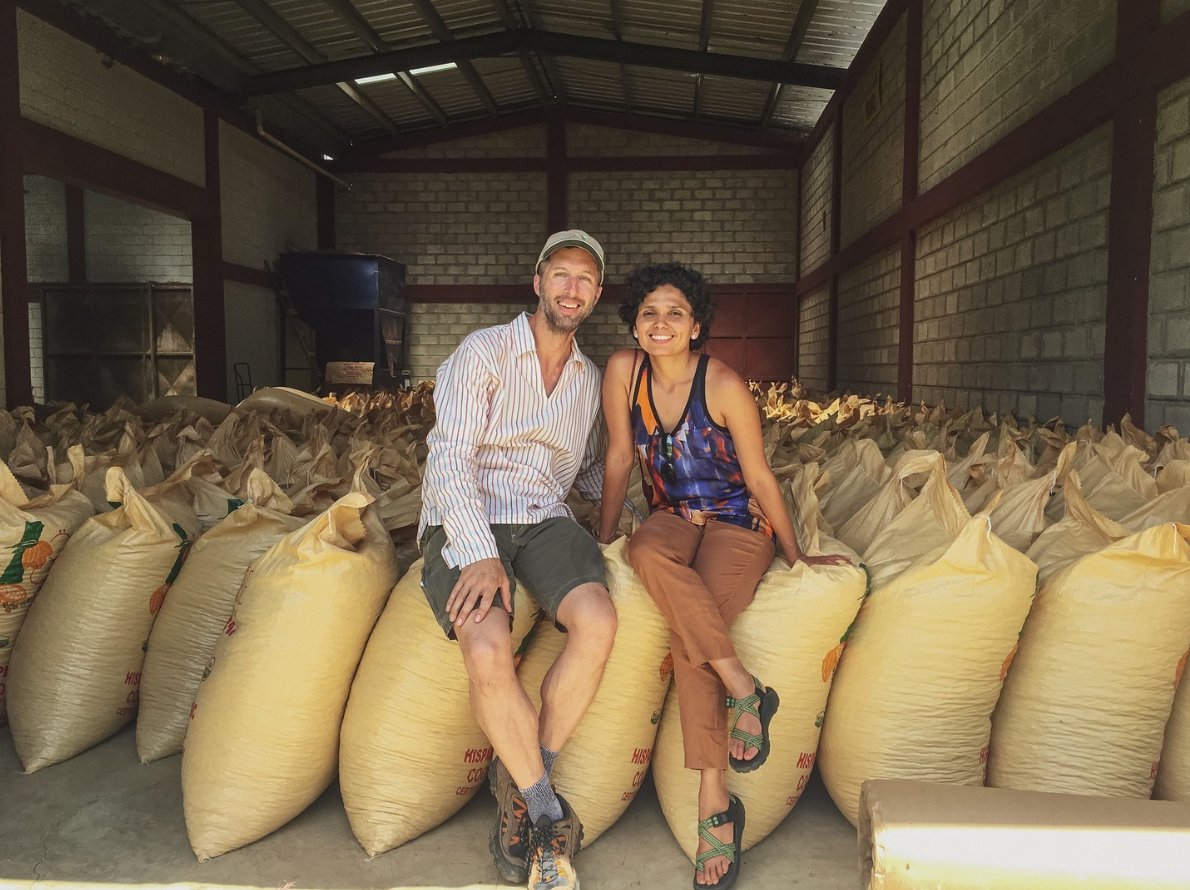
Carefully crafted in Founder Karla McNeil Rueda's California kitchen with organic + consciously sourced ingredients, Cru Chocolate allows us an opportunity to connect with a culture deeply rooted in the magic of cacao and drinking chocolate as a tradition. Cru is, in direct terms, sustainably sourced, direct trade, Central American heritage drinking chocolate. The cacao itself is directly sourced from farmers in Nicaragua, Guatemala, and Honduras by Karla and her parter, Eddie Houston. Karla originally pursued a degree in Engineering and an advanced degree in Sustainability, later studying cacao technology and fine chocolate confectionery at the Chocolate Institute of Latin America and the Caribbean in Cuba. Today she focuses on Cru and bringing Mesoamerican cacao and chocolate heritage to chocolate lovers (like us). We're big fans of the smooth Cru Classic and the floral Lavender Anise, but we think anything by Karla will exceed your expectations.
Can you tell us how & why you started Cru?
Cru's Birth was driven by my passion and love for Central American culture and its vibrant culinary heritage. I was born and raised between the Honduras and the Nicaraguan border, where chocolate is a drink; after moving to the USA I could not find chocolate that had the flavor and the vibrancy that I remembered from my childhood, it was the longing for home and my childhood flavors that inspired Cru.
After extensive travels throughout the region, I became captivated by the profound significance of cacao and its intimate connection to our people and their customs. With a desire to share this cultural experience and pay homage to the dedicated cacao growers and artisans, I founded Cru to offer a gateway to the authentic flavors and stories that make Central America so special.
We'd love to learn more about the significance of drinking chocolate in Central America as a cultural tradition. What is its history?
The history of drinking chocolate in Central America is steeped in tradition and stretches back over 4,000 years ago. The indigenous communities of Central America held and still hold reverential regard for Cacao and Chocolate; attributing it with divine qualities and employing it not just in sacred rituals and ceremonies. But also as a source of daily pleasure that accompanies us during the different stages of our lives.
Drinking chocolate, known as "xocoatl" in the Mayan language, was not just a luxurious indulgence exclusively reserved for royalty and the privileged few but was a staple food of the people of Central America. I believe that democratizing our drinking chocolate moments and by creating a closer and daily connection with cacao can enable us to forge a profound relationship with our ancestral roots and can open us to a more connected and pleasant way of living.
Going off that last question, what has your personal experience with cacao been? Did you grow up with it? Do you have any memories linked to it?
My personal experience with cacao has been deeply rooted in my upbringing and family traditions. My grandparents were farmers, I had the privilege of growing up with cacao as an integral part of our lives. I have fond memories of assisting my family in making chocolate by roasting, peeling and grinding the cacao beans along with corn and spices that make the traditional family recipes. We will bring the chocolate and mix it with freshly squeezed milk and drink it early in the morning. These early experiences instilled in me a profound connection to the land and a deep appreciation for the artistry and labor involved in producing high-quality cacao. These formative moments, coupled with the joy and the nourishment of a hot or a cold cacao drink, have further solidified my passion for cacao and its cultural significance.
What are some of the traditional tools or objects used when preparing (and drinking!) drinking chocolate?
The art of preparing and serving drinking chocolate involves a variety of traditional tools and objects that hold immense cultural significance. Allow me to introduce you to a few key items.
Molinillo: This wooden whisk-like utensil is skillfully wielded to froth and blend the hot chocolate drink. Traditionally held between the palms and rolled back and forth, the molinillo can create a velvety foam that is prefered when drinking hot chocolate. However chocolate in Central America is not always drunk hot, in a tropical climate where cacao grows, the molinillo is used to mix and cool the chocolate and not necessarily has to have a foam.
Metate: An ancient stone grinding slab used to meticulously grind roasted cacao beans into a smooth paste. Passed down through generations, the metate embodies the time-honored connection between cacao and its preparation.
Jícaras: These cups, crafted from dried gourds, serve as vessels for drinking chocolate. Apart from their practicality, jícaras symbolize the profound harmony between nature and cacao.
Ceramic Cups: The incredible world of chocolate has long inspired the creativity of skilled ceramic artisans. The shape and design of the cup are intricately linked to the specific type of chocolate beverage being enjoyed, whether it's a steaming hot chocolate, a refreshing cold chocolate, or a comforting atole. The diverse array of flavors and styles found in chocolate allows for ceramic cups to embrace a sense of playfulness and innovation, mirroring the delightful and ever-evolving nature of this beloved beverage.
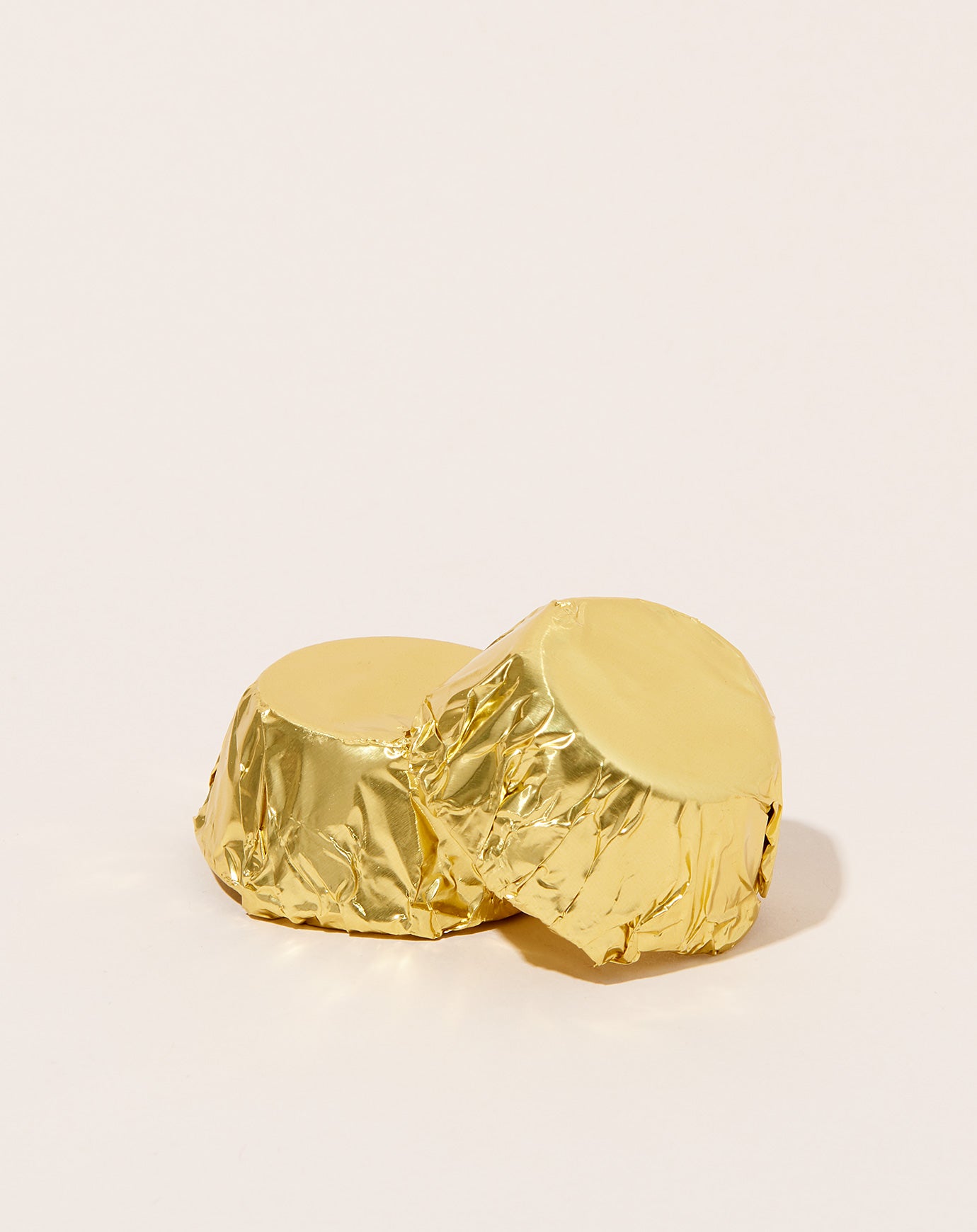
We love that you use organic & consciously sourced ingredients. How does health play into other parts of your life?
At Cru, our dedication to consciously sourced ingredients extends far beyond our products and certifications. We firmly believe that health encompasses the overall well-being of individuals, communities, and the planet. Embracing a holistic approach, we integrate sustainable practices into our operations, champion fair trade initiatives, and choose to work with partners who value and respect the land. In my personal life choosing consciously sourced ingredients is intrinsically related with my health and the health of the people farming and growing the agriculture crops from which our food and beauty products come from. So as we heal ourselves, they also heal; by sourcing consciously, we show human solidarity.

